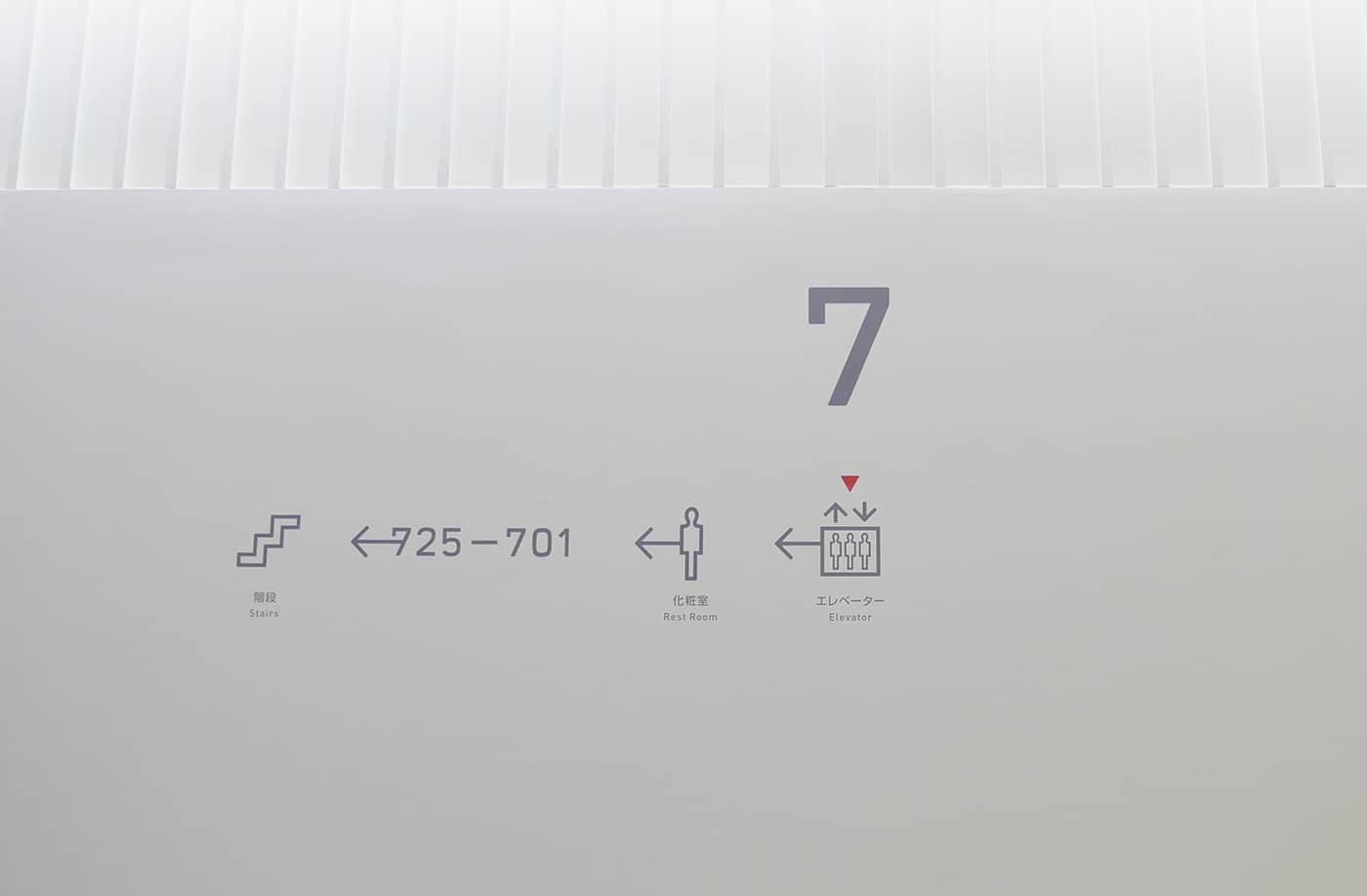
Why Infographics Are Good For Business
Our brains process images much faster than plain text, 60,000 times quicker if you believe the internet. 93% of most human communication is purely visual. The visual is easily and quickly digested and understood.
Content containing graphics generates around 94% more views than content without graphics. So the statistical argument for infographics is compelling. So let us take a closer look at infographics’ benefits for your business.
Simplicity is the key to brilliance.
Bruce Lee
Making Information Memorable
Blog articles containing interesting information and statistics are great, but who has the time to scan paragraph after paragraph for the information that is relevant to them? Your well-crafted information-filled blog posts may be chasing your audience away, and no business can afford that in today’s climate.
Infographics will immediately capture a reader’s attention and make the complex, simple, and easy to digest. They are effective in their communication because they consist of the basic information usually accompanied by a simple graphic which acts as a memory aid. Being easy to recall is half the battle with any branding exercise.
Infographics And SEO
Sharing an infographic on social media is easy, and your infographic will increase the chance of your post going viral. Including a link on the infographic will also increase backlinks to your site, which will help it rank higher. Remember the brand exposure you’ll gain if you include your company logo and contact details as part of your graphic.
Including graphics, charts, tables and any other form of data visualisation, as long as it has been well-researched and fact-checked, will improve your authority in your community in the eyes of your customers. It will also show you to be an expert in your field. A terrifically produced and helpful infographic will generate unique traffic to your website.
What helps people, helps business
Leo Burnett
Keep It Simple But Unique
Make sure you only communicate the essential information; anything else is a distraction for your audience and will overwhelm them. For example, if you are producing a chart, ensure you include an interesting graphic within it.
The main points to consider when producing your infographic are:
- Keep the facts simple
- Be creative with your graphics
- Add a link when posting on social media
- Use sharing buttons
- Add your logo and contact details to the graphic
Target Your Target Audience
Research your audience and their interests and concerns. Relate this to your marketing message and create an infographic combining them, and if you can add your spin on a commonly covered subject, all the better. Creating an infographic from data that has yet to be illustrated is often the best route. However, if this is proving difficult, try and add a fresh spin on data already out there. Find a story in it, humanise it or tell it from your unique point of view.
If you are still deciding which subject to choose, try Google Trends, Quora, BuzzFeed or Answer the Public. See what people are talking about and sharing that might appeal to your audience, then investigate the facts and figures you will need to create your masterpiece.
Search Engine Friendly
Create an infographic that adds value, entertains, informs or inspires your target market, resulting in organic traffic. A compelling infographic will:
- Engage the audience with a story or series of events
- Be based on a keyword
- Has a compelling headline
- Use everyday language and phrases, Not industry-specific jargon that will limit your audience.
- Ensure your design matches and enhances your content and does not fight against it.
I may be covering the obvious here, but make sure your URL has the same keyword you use in your graphic. Your keyword should also be in your meta description, alt tag, image title and h1 heading. Also, optimise your image to reduce its page load time. There are several free websites online offering this service.
Getting your keyword right before you start is paramount. Time researching a topic and finding the right keyword will save you time and gain you clicks later. The text surrounding your infographic should also contain your keyword several times in its content. The article should be around 1,000 – 2,000 words as well.
Quality is the best business plan.
John Lasseter
Make Your Infographics Visually Appealing
The strength of eye-catching and easily digestible visual data demonstrating authority on a subject cannot be underestimated. And the gains in brand awareness will be positive for your business.
There is no point in building up the credibility and authority of your brand and producing a poor visual for your infographic. Instead, consider commissioning a professional if you need help to create something impactful, on brand and well-designed. For example, suppose you have all the content together already. In that case, a professional designer may cost less than you think, and a compelling infographic with impact may bring more business enquires than the outlay it will cost.
Once you have your infographic, you can use it repeatedly. Your website analytics should give you an idea of the popularity of your post. But also publish on any social media you have, push it out, and offer it to any industry news sites to maximise your exposure.
Thnaks for reading.

